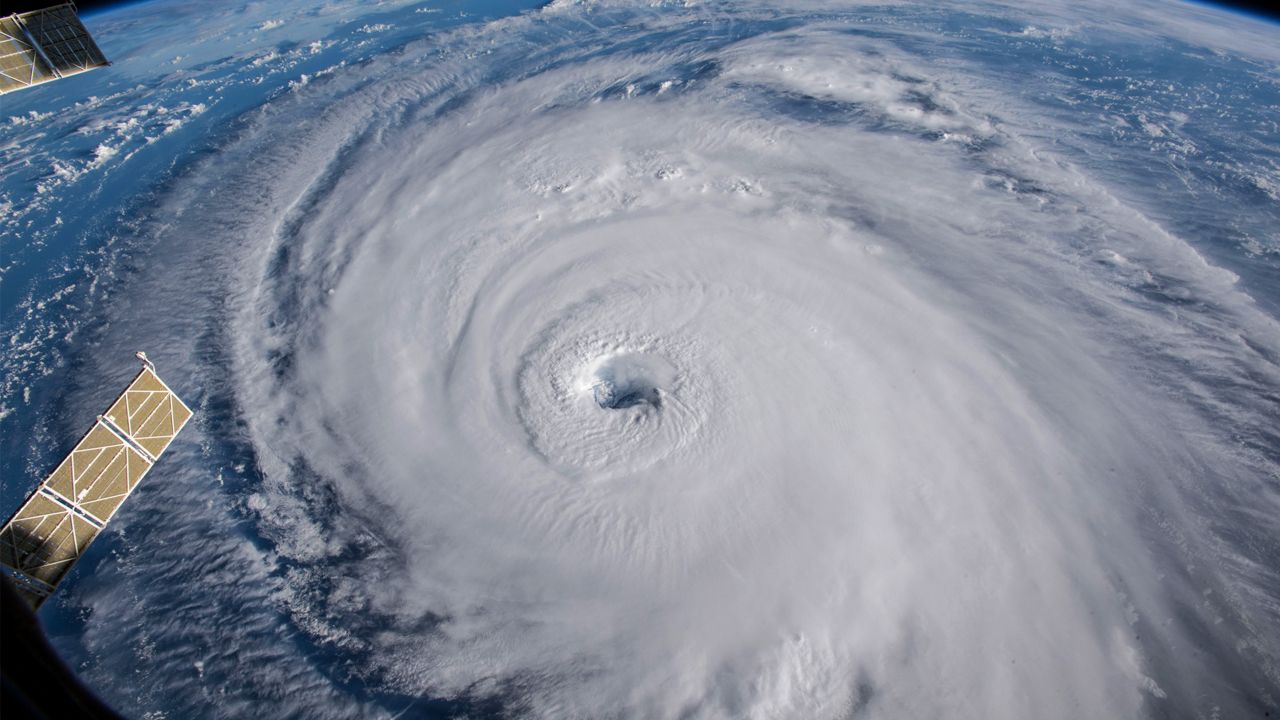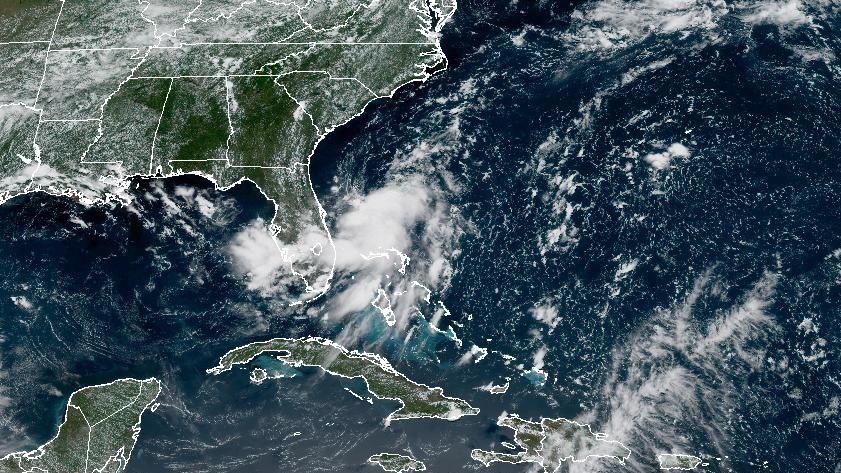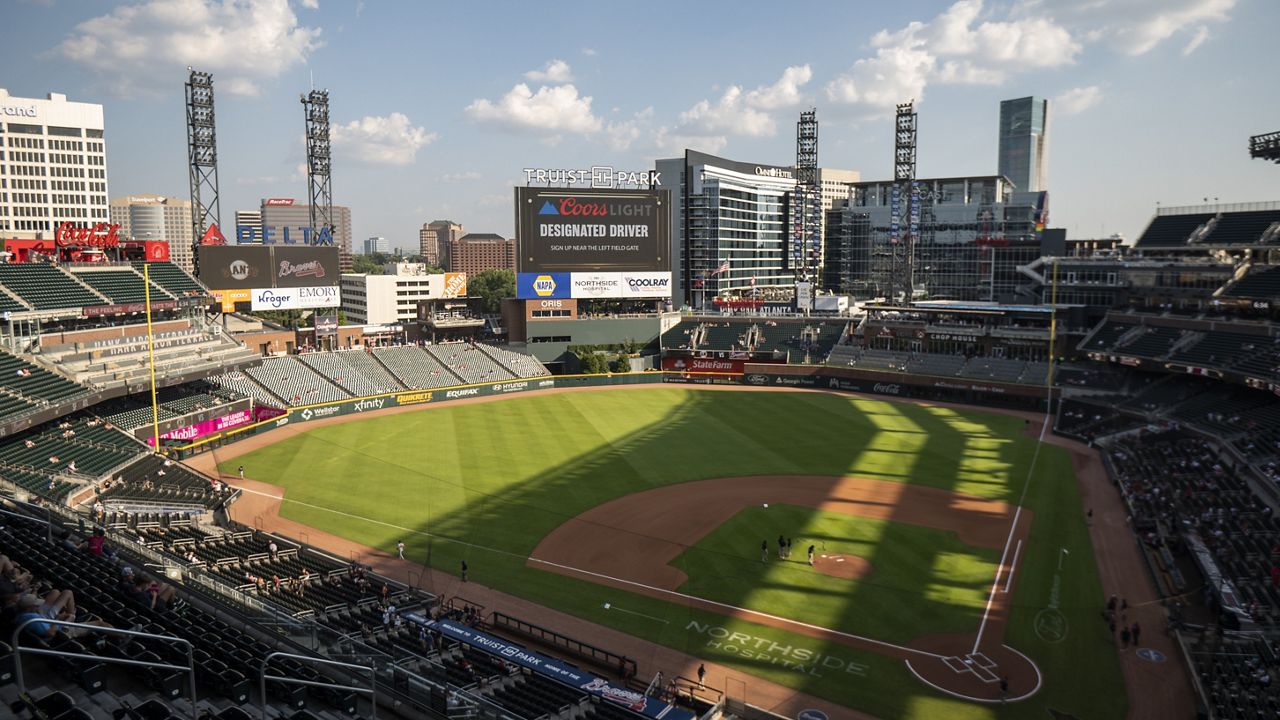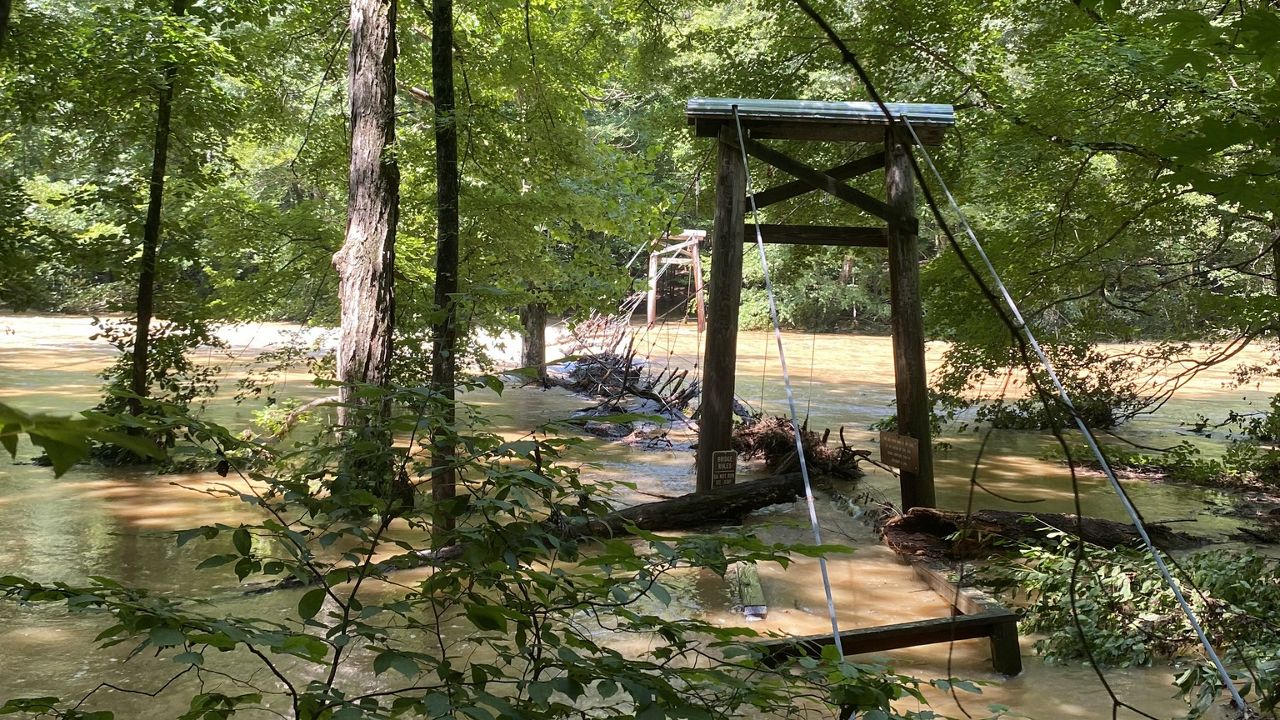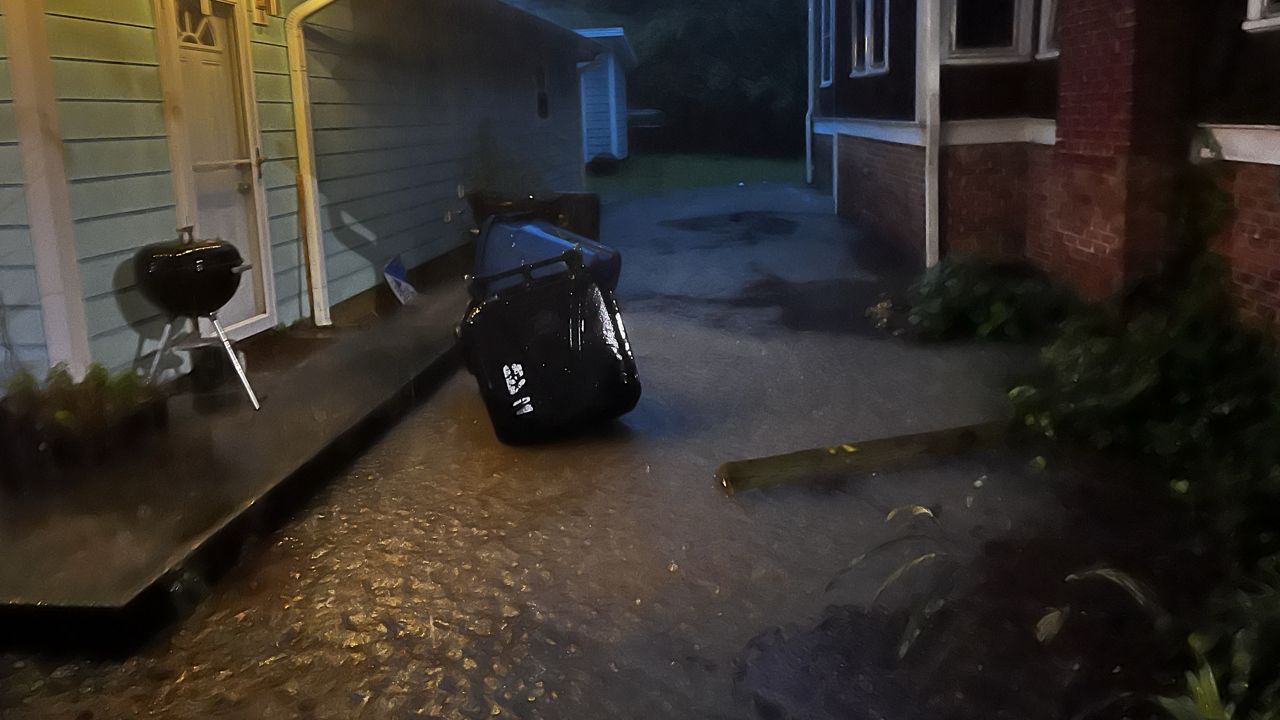As we head into the heart of the Atlantic tropical season, many are left wondering how busy will it get, and how many storms will make landfall.
Last season was the busiest on record with an astonishing 30 named storms.
In fact, we ran out of names on the 2020 list, and made it all the way to Iota in the Greek alphabet. That has only happened once before, 2005.
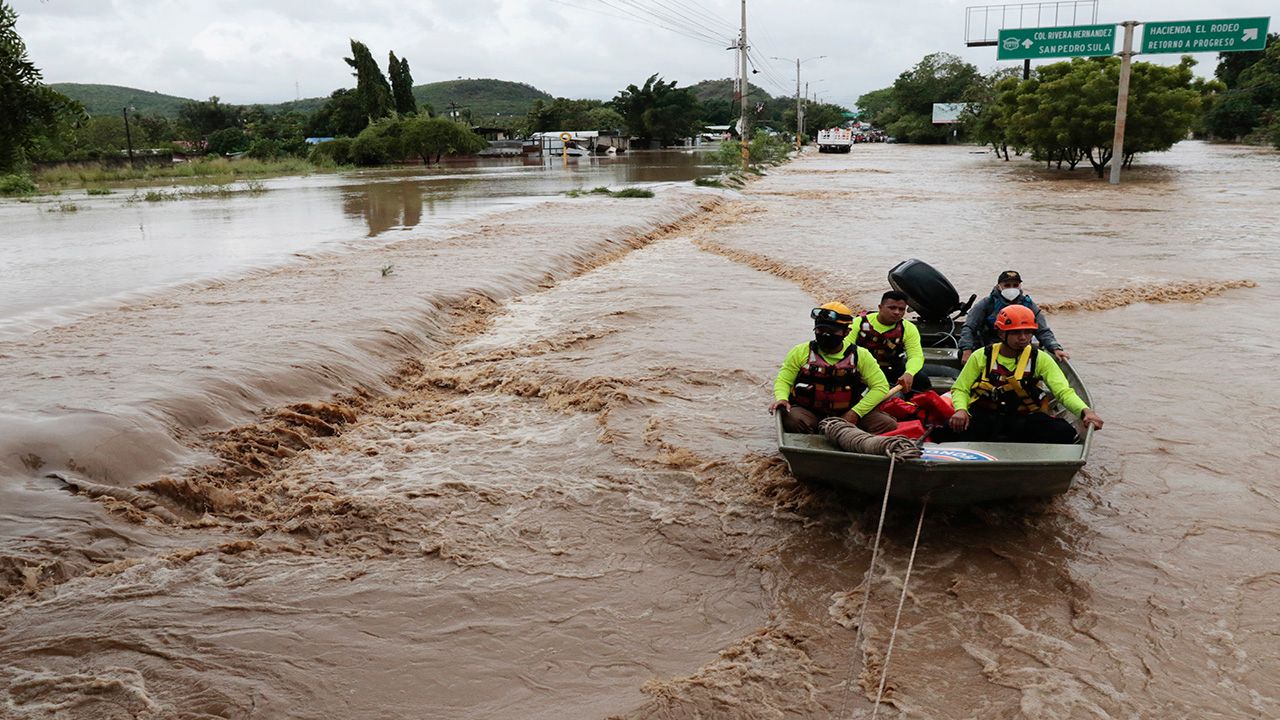
With another active season expected, possibly making it through the list of names, it brings up some questions.
When did tropical cyclones start being named and what is the history as to why and how these names are chosen?
Dating back hundreds of years, hurricanes were named after Saints. An example of this is Hurricane Santa Ana that developed in 1825 near Puerto Rico.
In later years, Navy and Army forecasters began naming storms to help keep track of them in the Pacific Ocean during World War II.
Initially, only female names were used. I am sure you're wondering why. The most plausible reason is mariners traditionally referred to the ocean and their vessels as women. and that tradition was passed on to storms.
Some believe female names were used for other reasons. Some of those reasons include sexism, vendettas, and personal preferences that included wives, girlfriends and disliked public figures.
Rightfully so, women did not take kindly to being associated with natural disasters. Therefore, there was a movement to include male names.
Male names were included in 1979, and later, Latino names added because a lot of tropical cyclones impacted Latin American countries.
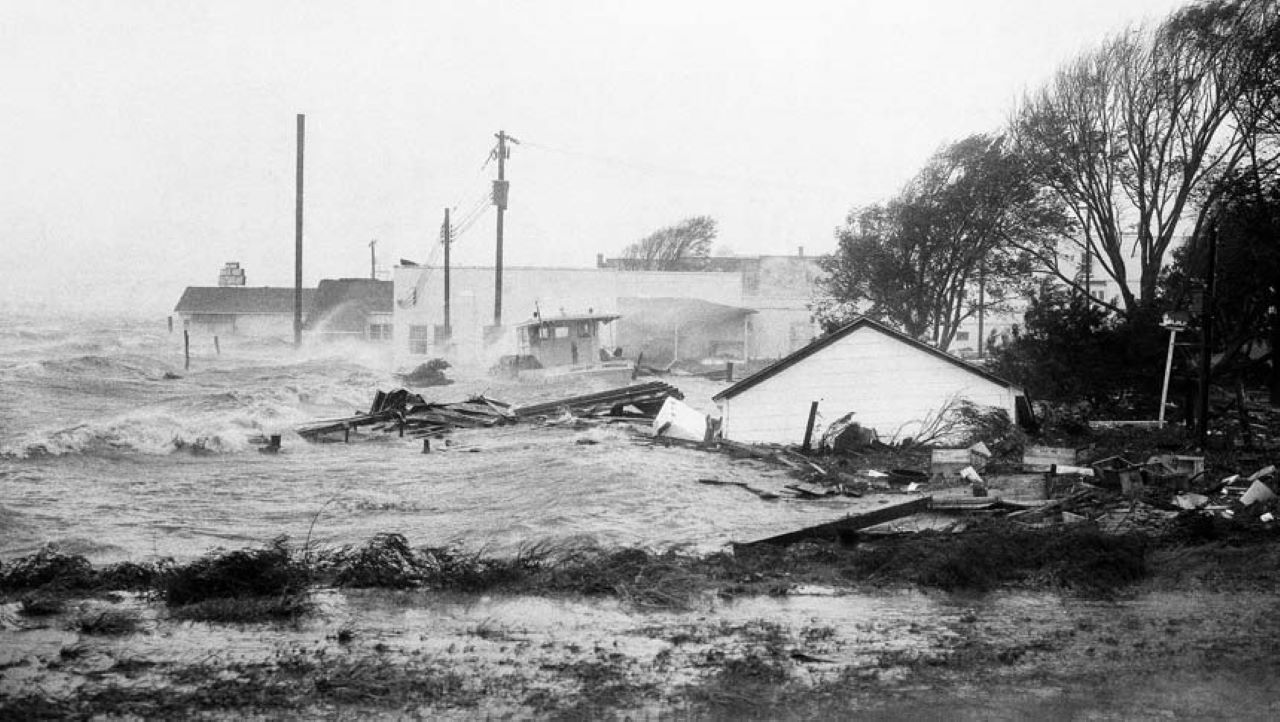
Who comes up with the list of names every year?
Naturally, most people believe it is the National Hurricane Center, but it is actually the World Meteorological Organization. The list of names are recycled every 6 years.
Under certain circumstances, like athlete's name, they are retired.
The names are retired not to celebrate an accomplishment, but rather for sensitivity reasons. If a storm is deadly or costly, it is inappropriate to use the name again.
Some names that have been retired include Hurricane Katrina (2005) and Superstorm Sandy (2012).
Well known retired names that have impacted North Carolina include Hazel (1954), Donna (1960), Fran (1996), Floyd (1999), Isabel (2003), Irene (2011), Mathew (2016), Florence (2018), and Dorian (2019).
Let's hope we get through the rest of the season in good shape. Of course we'll be watching and will pass along the latest information here at Spectrum News 1.





